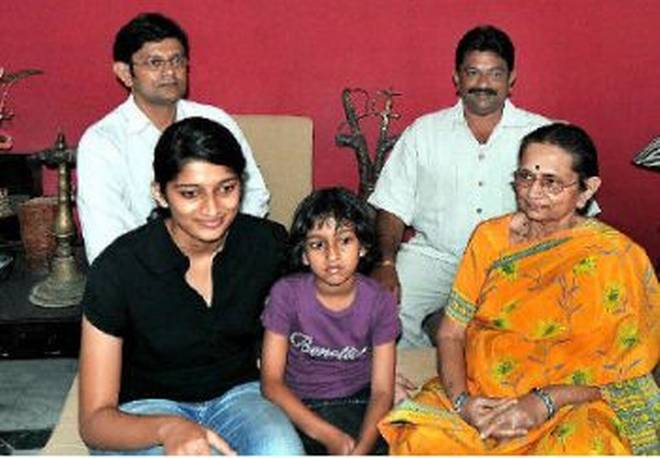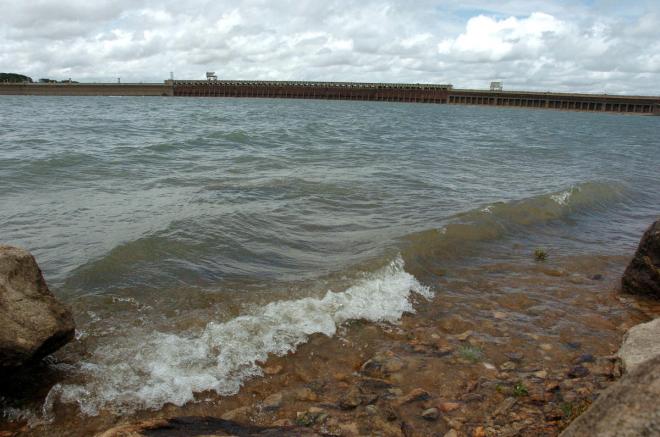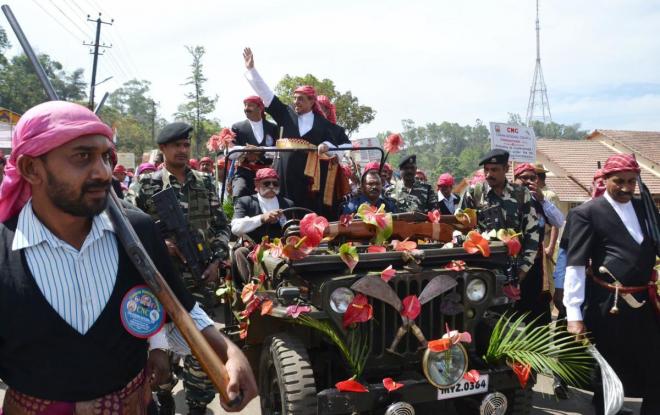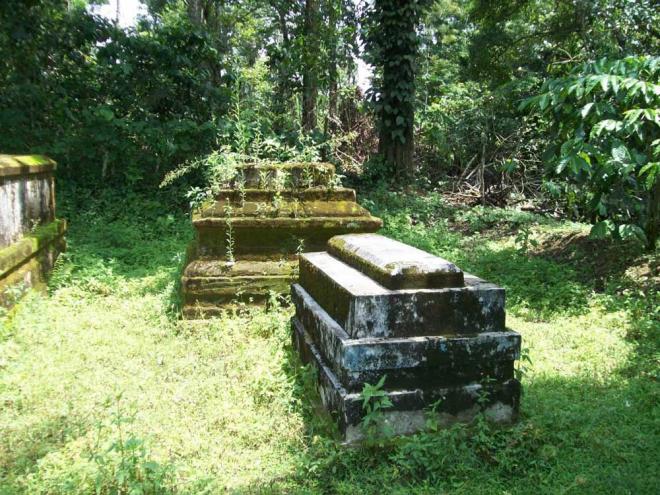Issue To Be Taken Up During Samaj’s Centenary Bash
Bangalore:
Kodavas, a distinctive race in Karnataka, have often been dubbed ‘tigers’ largely because of the courage, honour and loyalty shown by two popular generals of independent India, Field Marshal K M Cariappa and General K S Thimayya.
However, like real tigers, they too are now facing the threat of extinction. According to a recent census by the Karnataka unit of the Bureau of Economics and Statistics, the population of
Kodavas has alarmingly dwindled from 1.5 lakh in 2001 to 1.25 lakh in 2011. This at a time when the human population is growing at an alarmingly fast rate.
If this situation continues, community leaders fear that Kodavas, who are largely concentrated in Kodagu (70,000), Bangalore (30,000) and Mysore (15,000) will be wiped out by 2030, considering the slow population growth rate in recent times. Aware of the looming danger, Kodava Samaj, Bangalore (KSB) is gearing up to create awareness among its community members of the dangers involved as part
of its centenary celebrations beginning Friday in Bangalore. “The whole idea is not only to create awareness on the challenges among our community but also to draw the attention of the state government to help the community sustain its rich culture and tradition,” said Cheppudira Tilak Subbaiah, president, KSB.
The Kodavas are an anthropological puzzle. No one really knows the origin of the Kodavas but everyone knows and acknowledges that they are different — be it their skin colour, big eyes, long nose, aggressive face and wide chest.
Some say they are the descendants of soldiers from Alexander’s army. Others say they are descendants of a band of Kurds from the Yemen, Oman, Kurdistan and Iraq region, who fled to India to escape forceful conversions by the sword to Islam. Still others say they are Rajputs or Scythian soldiers who fled the North-West frontier during the Mughal Invasions.
So why is the community facing extinction? KSB’s vice-president Monnada Seetha Aiyanna said one reason is adopting strict family planning practices, as a majority of the community has migrated to cities to live the hard life. This is largely due to increasing fragmentation of inherited estates, which have turned out to be unproductive for joint families.
Another general trend is late marriage in the community because of limited choice of brides and bridegrooms. This has naturally impacted the fertility potential of men and women. “All these factors have also given way to the practice of marrying outside the community,” Seetha pointed out.
It’s a complex situation for the Kodava Samaj to push its agenda. “Neither can we ask the community to have more than two children nor we can restrict inter-caste marriages to check the waning population,” rued Kukkera B Chinnappa and Kaibulira K Ponnacha of KSB, who have taken the initiative to organize a special seminar to discuss the emerging problems of Kodavas during the centenary celebrations.
Weekend Celebrations
Kodava Samaj, Bangalore, will celebrate 100 years of existence this weekend. Governor H R Bhardwaj and CM D V Sadananda Gowda will participate in the three-day centenary celebrations starting Friday. The event will showcase Kodava culture and the progress of the people. KSB, an association of about 40,000 Kodavas in Bangalore, was established in 1911 with just eight Kodava families of Bangalore, consisting of 30 people. After Kodagu district — which was a ‘C’ category state administrated by the Centre — was merged with Karnataka in 1956, more Kodavas who migrated to urban areas joined the association.
In 1960, Jayachamarajendra Wadiyar, former Maharaja of Mysore, gifted an acre of land at Vasanthnagar to Field Marshal Gen K M Cariappa in recognition of his distinguished military service to the nation. Cariappa donated this land to the Coorg Association and enabled the formation of the ‘Coorg Association’ which was renamed KSB in 1962. In 1981, KSB extended its service by establishing the Cauvery School in Indiranagar on land donated to the KSB by late CM R Gundu Rao, and also set up a few colleges.
ARMED FORCES: Field Marshal K M Cariappa (in pic), General K S Thimayya, Lt General Apparanda Aiyappa
SPORTS: Rohan Bopanna (in pic), M P Ganesh, M M Somaiah, Ashwini Nachappa, Joshna Chinnappa
FASHION: Prasad Bidapa (in pic)
CINEMA: Prema, Nidhi Subbaiah (in pic), Daisy Bopanna, A T Raghu, Harshika Poonacha
LITERATURE:
Appanervanda Haridasa Appachcha Kavi, veteran Kodava poet
CIVIL SERVICE AND LAW:
C B Muthamma, first woman IFS officer; IGP P K Monnappa, first police chief of Karnataka and Andhra Pradesh, C Somaiah, former comptroller and auditor general of India; Palekanda Medappa, chief justice of Mysore, Palekanda Muthanna, attorney general.
POLITICS: C M Poonacha, chief minister of Coorg state (1952-56) and Union railway minister; Meriyanda C Nanaiah, former minister and MLC; Prema Cariappa, former mayor of Bangalore, MP (in pic). manu.aiyappa@timesgroup.com
source: http://www.e.paper.timesofindia.com / The Times of India / Home> Section – Times City, Page 4 / by Manu Aiyappa / November 09th, 2011





